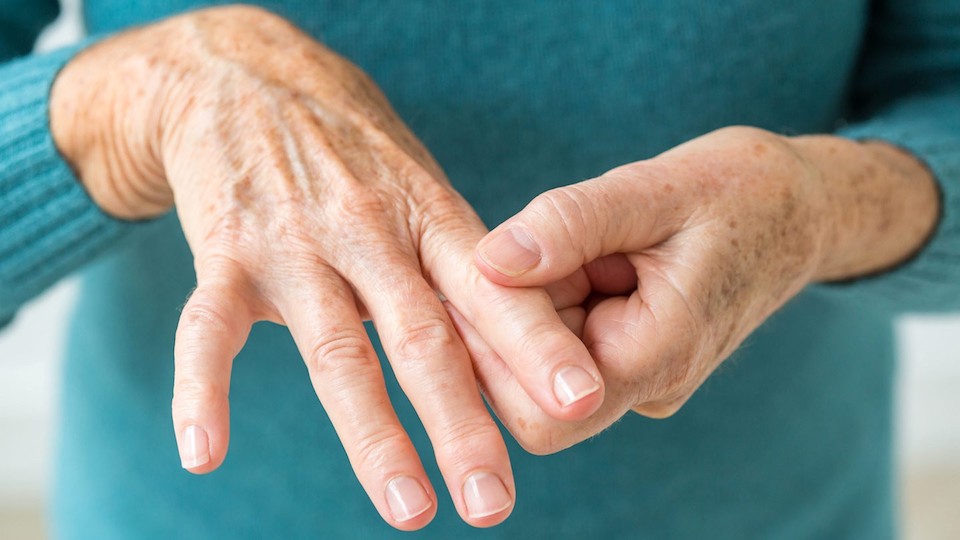Rheumatoid Arthritis
What is rheumatoid arthritis?
Rheumatoid arthritis (RA) is an autoimmune disease that causes pain and swelling of the joints. The normal role of your body’s immune system is to fight off infections to keep you healthy. In an autoimmune disease, your immune system starts attacking your own healthy tissues. In RA, the immune system targets the lining of the joints, causing inflammation and joint damage. RA usually affects smaller joints, such as the joints in the hands and feet. However larger joints such as the hips and knees can also be affected.
What are the symptoms?
The symptoms of RA vary from person to person. The most common symptoms are:
• joint pain, swelling, and tenderness to touch
• stiffness in the joints, especially in the morning
• symmetrical (the same joints on both sides of the body are affected).
What causes it?
It is not known what causes RA. It is more common in people who smoke and/or have a family history of RA.
How is it diagnosed?
Your doctor will diagnose RA from your symptoms, a physical examination and various tests. These can include:
• blood tests for inflammation
• blood tests for rheumatoid factor. Testing negative for rheumatoid factor does not prove you do not have RA, particularly in the early stages of RA. As many as two out of 10 people with RA will never test positive for rheumatoid factor.
• x-rays to see if your joints are being damaged by the disease. X-ray changes are rare in the early stages of RA.
It can be difficult, and often takes time, to diagnose RA as the symptoms can be similar to other types of arthritis. If your doctor suspects you have RA you should be referred to a rheumatologist, a doctor who specialises in arthritis.
What will happen to me?
With early diagnosis and the right treatment, most people with RA can lead full and active lives. However the course of RA varies and no two cases are exactly the same. Many people with RA experience ‘flares’, periods when joints become more inflamed and painful. These can happen with no obvious cause. ‘Flares’ are commonly followed by months or even years when there is little inflammation. RA can cause permanent joint damage and deformity, especially in the first few years of the disease. The good news is that early diagnosis and treatment is shown to limit this type of joint damage.
Is there a cure for RA?
Currently there is no cure for RA. However treatment has improved dramatically over the past 20 years, with new medicines now extremely helpful for people in the early stages of RA. Be wary of any products or therapies that claim to cure RA.
What treatments are there for RA?
Your rheumatologist will tailor your treatment to your symptoms and the severity of your condition. There is no way of predicting exactly which treatment will work best for you. Your doctor may need to trial several different treatments before finding the one that is right for you and may include:
• medicines, such as
– non-steroidal anti-inflammatory drugs (NSAIDs)
– corticosteroid medicines or injections
– disease-modifying anti-rheumatic drugs (DMARDs)
– biological DMARDs, such as tumour necrosis factor (TNF) medicines.
For more information see the Australian Rheumatology Association’s Patient Medicine Information or the Medicines and arthritis information sheet.
• exercise, to keep the joints flexible and muscles strong. You may find it useful to see a physiotherapist for advice. See the Exercise and RA and Working with your healthcare team information sheets.

